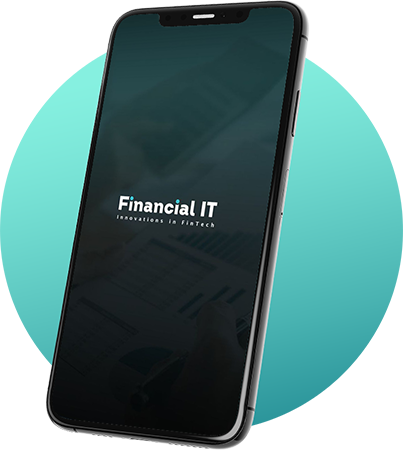Why SoftPOS Isn’t Killing the PIN Pad (...Just Yet)

- David Steed, Consultant at PSE Consulting
- 24.04.2025 05:15 pm #SoftPOS #PINPad
When people think of SoftPOS (Software Point-of-Sale), they tend to associate it with mobile phones accepting payments — which was its original purpose. But SoftPOS is capable of much more. It’s a strong contender to replace traditional payment terminals entirely, from kiosks to self-checkouts and EPOS systems. The catch? The infrastructure isn’t fully ready.
On paper, it’s a no-brainer: SoftPOS cuts hardware costs, streamlines checkout, and simplifies the retail tech stack. Why maintain a bulky terminal when you can take payments directly through a device you already own? For small merchants, market sellers, and taxi drivers, that future is already here — powered by smartphones and contactless payments. But for large-scale retail, the road to widespread adoption is still blocked by technical and operational barriers.
SoftPOS is mature technology. The problem isn’t the tech — it’s the ecosystem.
Why hasn’t hardware disappeared?
Despite VISA reporting a 320% increase in Tap to Phone Adoption in the UK by businesses in 2025, experience in most stores hasn’t changed much. PIN pads are still bolted to counters, often plugged into bulky Windows-based systems. It’s not because retailers love the look – it’s because of legacy dependencies.
There are two main reasons traditional EMV terminals are still around. The first is because of offline PIN verifications, which some acquirers still use for higher-risk transactions, and requires card insertion. However, this is often considered as poor practice because of the inconvenience it causes customers and breaks the promise of tap-to-pay simplicity. However, more acquirers are moving to online PIN, which enables a smoother, fully digital flow.
The second reason is because physical PIN pads with tactile keys are still important for partially sighted users. However, as more people in this demographic adopt wearables and mobile wallets, accessibility needs can increasingly be met with software – haptics, audio, and screen readers – built into phones and SoftPOS interfaces.
The OS Shift: Quiet but Crucial
One of the most important but underappreciated changes is the operating system shift. Ten years ago, hardly any PIN pads ran Android. Now, nearly all do. Meanwhile, Android-based EPOS systems like Clover are gaining ground among small merchants, even as large retailers cling to Windows.
This shift matters. As Android becomes the standard, the barriers to SoftPOS adoption shrink. The customer-facing display is the payment terminal. Self-checkouts, kiosks, and mobile stations can consolidate scanning, interaction, and payments into a single device. That’s where the cost savings become transformative.
But despite this progress, we’re not at the tipping point yet.
Scaling SoftPOS: What Still Needs to Change
SoftPOS is a mature technology. It offers better UX, lower costs, and removes the need for dedicated hardware. But for it to scale beyond niche use cases, the surrounding ecosystem must evolve. Many large retailers are hesitant to port legacy systems to Android. Security and transaction reliability are still concerns. And SoftPOS hasn’t yet proven to be the killer feature that forces the switch.
Meanwhile, the traditional PED market is already in visible decline. Ingenico were projected to experience a 33% revenue decline in 2024, indicating significant challenges in the hardware segment. These figures point to a hardware model under strain. Even companies like PAX, which sell both Android and traditional EMV terminals, are feeling the pressure — with a reported 5.5% drop in net profit from 2023 to 2024. The signs are clear: dedicated payment terminals are on the way out. What’s missing is the final push from the ecosystem to make SoftPOS the default.
What’s Standing Between Us and a SoftPOS Future?
The industry is on the cusp of a shift, and while SoftPOS won’t be everywhere, it’s positioned to become the default in more and more environments. To unlock its full potential and move from promising innovation to widespread replacement, three things still need to fall into place. Firstly, there must be universal support for online PIN, so cards never need to be inserted and tap-to-pay truly works everywhere. There must also be a greater adoption of Android EPOS, especially among large-scale retailers still tied to Windows-based systems. Finally, accessibility must be prioritised, to ensure that software-first checkouts work for everyone, including those with visual impairments.
Once these final pieces are in place, the case for traditional hardware starts to disappear – along with the terminals themselves.
The hardware isn’t dead. But it’s living on borrowed time.



















